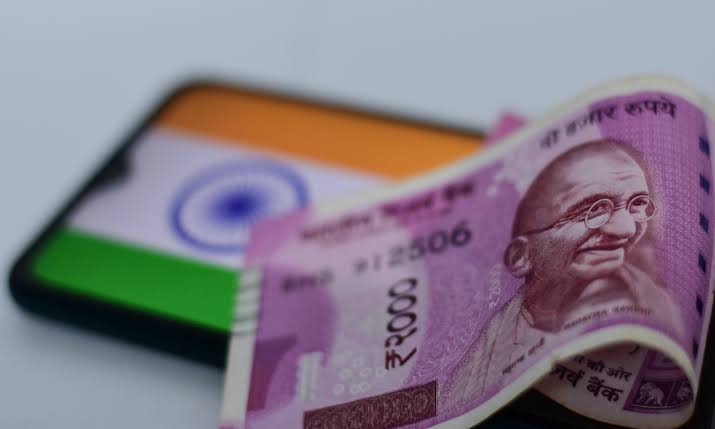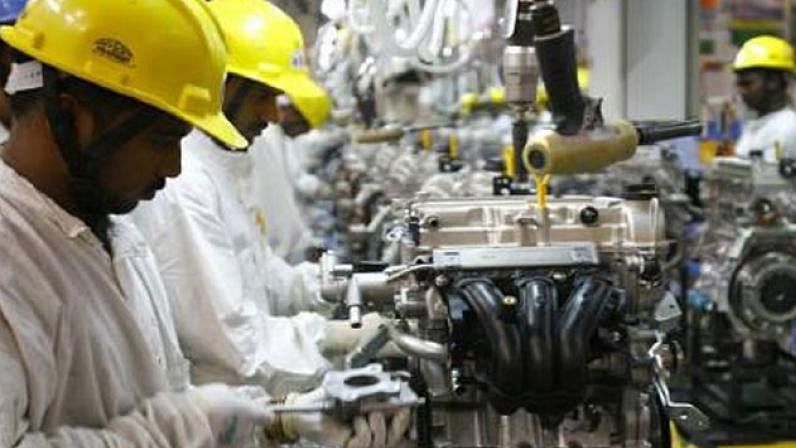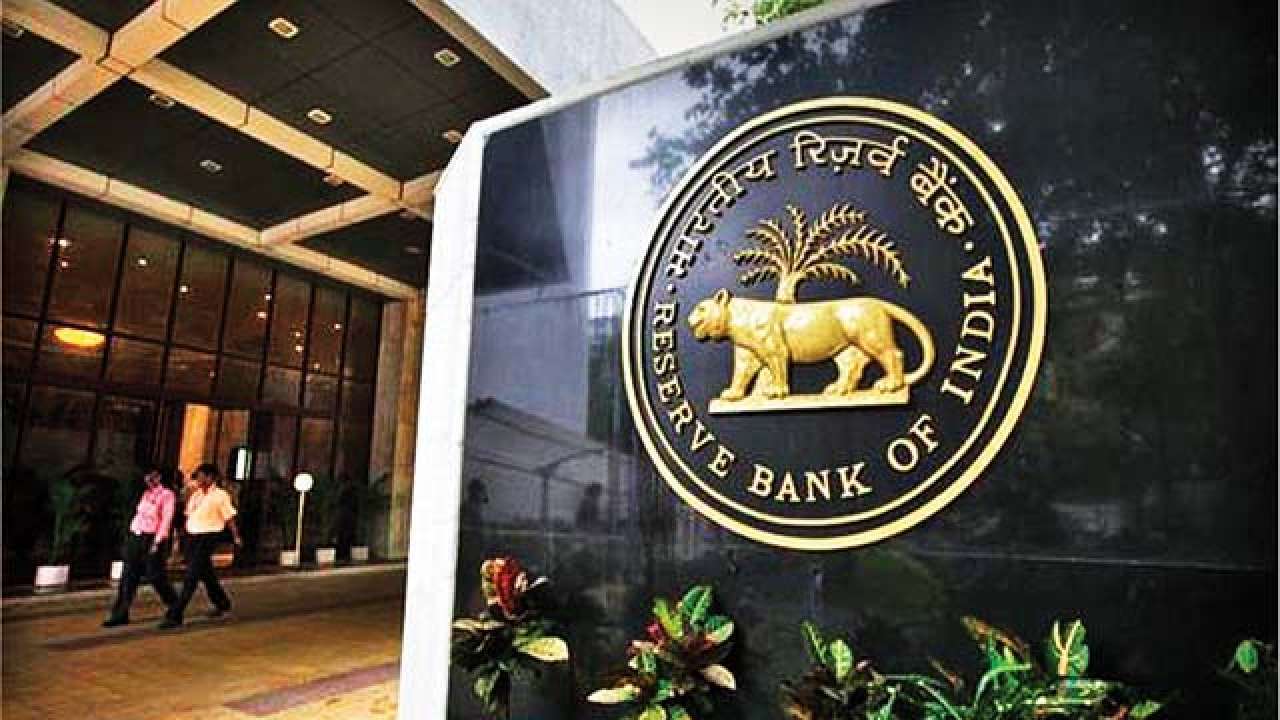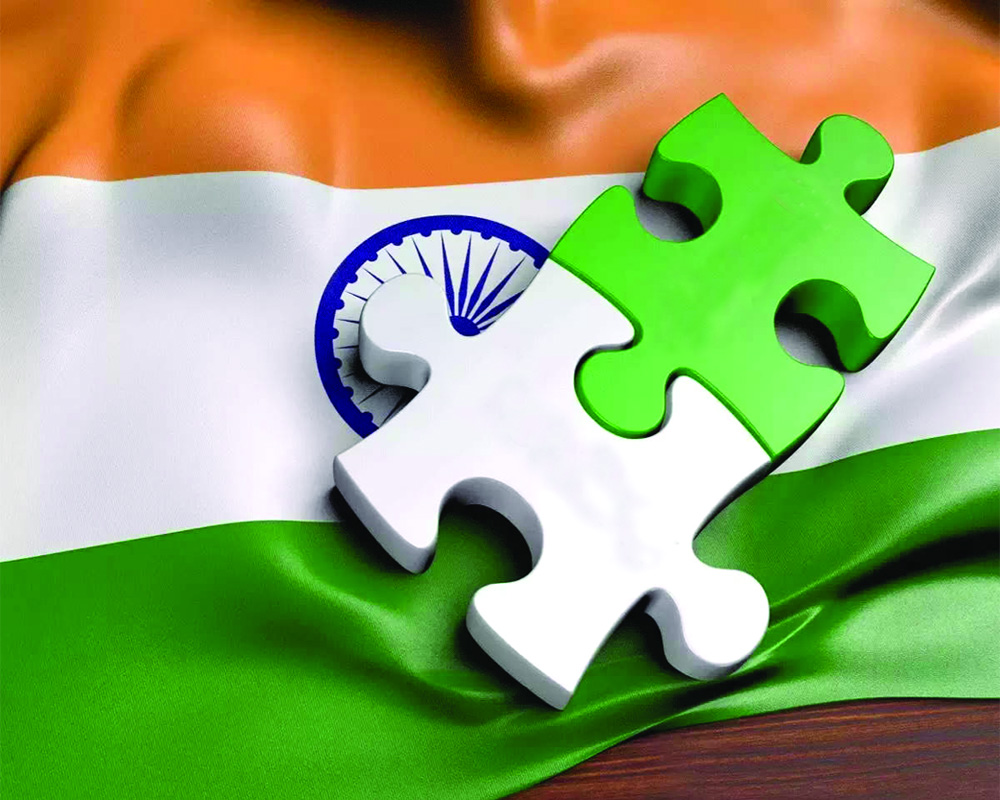India’s status as the fastest growing major economy is to be short-lived.

Last week, news broke that India had passed its former colonial ruler, the UK, to claim fifth place in the global economy. But does it? India most certainly saw robust double-digit economic growth in the most recent quarter, but according to experts surveyed by Reuters, the rate will more than halve this quarter and then continue to decline as interest rates rise before the end of the year.
One of the strongest economies in Asia is struggling with high unemployment rates and inflation that is expected to continue for the remainder of 2022.Inflation has been above the upper limit of the Reserve Bank of India’s tolerance zone throughout the year. A consensus prediction of 15.2% growth is expected to decline significantly this quarter to an annual 6.2%, driven primarily by statistical comparisons with a year ago rather than fresh impetus, before further slowing to 4.5% in October-December.
According to a Reuter survey conducted from August 22 through August 26, the median forecast for growth in 2022 was 7.2%. However, experts claimed that despite the strong growth rate, the economy was likely to drop quickly. Even while India’s economy is still expanding at a rapid pace, domestic consumption may not be strong enough to support future expansion given the country’s high unemployment rate and historically low real earnings, according to Societe Generale’s India economist, Kunal Kundu.
“The government has ignored the push that domestic consumption offers by just firing on one engine while promoting development through investment.” For this reason, India’s growth remains well behind its pre-pandemic trend. The economy has not expanded quickly enough to handle the roughly 12 million individuals who enter the labor market each year. In the meantime, the RBI, a relative slacker in the global tightening cycle, plans to increase its benchmark repo rate by an additional 60 basis points by the end of March to contain inflation.
This would raise the repo rate to 6.00% by the end of 2023 and would come after three interest rate increases this year totaling 140 basis points. Although the central bank’s stated goal range is 2%–6%, inflation was predicted to average 6.9% this quarter, 6.2% the following, and then fall just short of the upper end at 5.8% in 2023. That matches the prediction made by the central bank.
Despite signals that pricing pressures are cooling off, it is premature to ease up on the fight against inflation given the significant uncertainties brought on by geopolitical threats and hard landing risks in key countries. The weak rupee, which has been trading at 80 to the dollar for months and which the central bank has been defending in currency markets by offloading dollar reserves, is also putting pressure on inflation in the economy.
The most recent Reuters poll also revealed that India’s current account deficit would increase to 3.1% of GDP this year, the largest level in at least ten years, which may put more pressure on the rupee. Having a higher GDP ranking is preferable to having a lower one, but ceteris paribus means that all other factors are equal.
All other factors are not equal in this situation. One can score higher if they have a larger population, even if their residents are often impoverished. If population expansion has outpaced economic growth, they may even be particularly poor. A larger pie is preferable to a smaller pie, ceteris paribus, but the way the pie is divided may be defined by excessive inequality. Unfortunately, and probably unfortunately, both circumstances apply to India.
India had the sixth-largest economy when it gained independence, dropped to eleventh, and then down to fifth. Without a doubt, the decline is a reason for concern because if a country’s population is increasing while its standing in the rest of the world is declining, it follows that its residents are becoming poorer. Therefore, the fact that we are prospering suggests that since liberalization, we have made a change to our system.
Furthermore, there are public goods—defined as non-excludable and non-rival goods—whose consumption by me does not detract from that by others. An example of a public good is the military, which, regardless of population size, can be better funded and will offer everyone better security than the status quo.
Another illustration is the fact that expenditure on infrastructure and other non-divisible commodities increases as government funds grow. Of course, one needs more roads the more people there are, but this connection is not linear. The question of whether the ordinary person’s life has gotten better, or the aam aadmi, to use more modern parlance, is more pressing.
In this case, it is necessary to be extra cautious when assessing the effects of having the fifth-largest economy. First off, our population is growing faster than that of the nations we have passed. In addition, growth in the West has been weak, in contrast to China, for instance. As a result, even if our per capita income had been unchanged, our population would ultimately have outpaced theirs in terms of GDP. Perhaps China, with whom we were on par until 1990, is a better comparison to make. Second, since liberalization, India’s growth has been incredibly unequal.
According to the World Inequality Report 2022, India stands out as a “poor and severely unequal country, with a wealthy elite,” where the top 10% possess 57% of the total national income and the proportion of the bottom 50% is just 13%. The aam aadmi would stagnate or become comparatively poorer if the elite club of earners captured the lion’s share of economic progress, but we may still overtake them to become the fifth largest economy in the world.
This is to critically evaluate extravagant claims rather than to be a critic for the sake of being a critic. A prejudiced critic would assert that nothing has changed; a critical thinker would inquire as to what, to what extent, and for whom improvements have been made. In India, poverty levels have decreased since liberalization, despite population growth and widening wealth disparities.
Over 270 million Indians were pulled out of poverty between 2005 and 2016, according to research conducted by the Oxford Poverty and Human Development Initiative (OPHI) in association with the United Nations Development Programme.
If growth had been more equal and population growth had been slower, one can only speculate how many more people might have been pulled out of poverty. Of course, all of this is just hypothetical and incredibly abstract. Practically speaking, liberalization leads to strong growth and increased inequality.
This has been seen in every nation on earth, from China, whose liberalization was even more successful than India’s, to Russia, which under the Yeltsin years only experienced the inequity of liberalization and not its growth. Simon Kuznets, who received the 1971 Nobel Prize in Economics, was the first to prove the empirical pattern that economic development causes inequality to rise.
As fresh possibilities present themselves in the early phases of growth, the wealthier seize them more effectively. In addition, a huge number of unskilled workers contribute to low salaries. As a result, inequality increases. However, it is unclear that this trend is an unchangeable aspect of capitalism’s expansion that cannot be restrained by specific governments’ social and economic policies.
edited and proofread by nikita sharma




